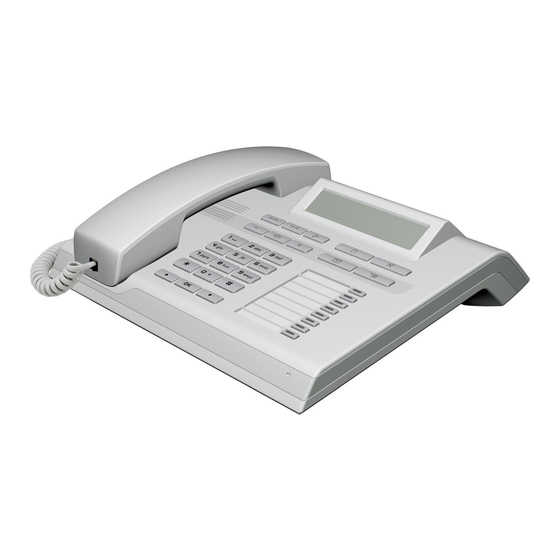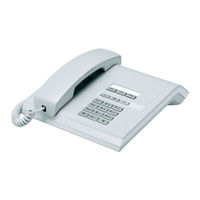
User Manuals: Unify OpenStage 30 T Office Phone
Manuals and User Guides for Unify OpenStage 30 T Office Phone. We have 3 Unify OpenStage 30 T Office Phone manuals available for free PDF download: User Manual, Administration Manual
Advertisement
Advertisement


